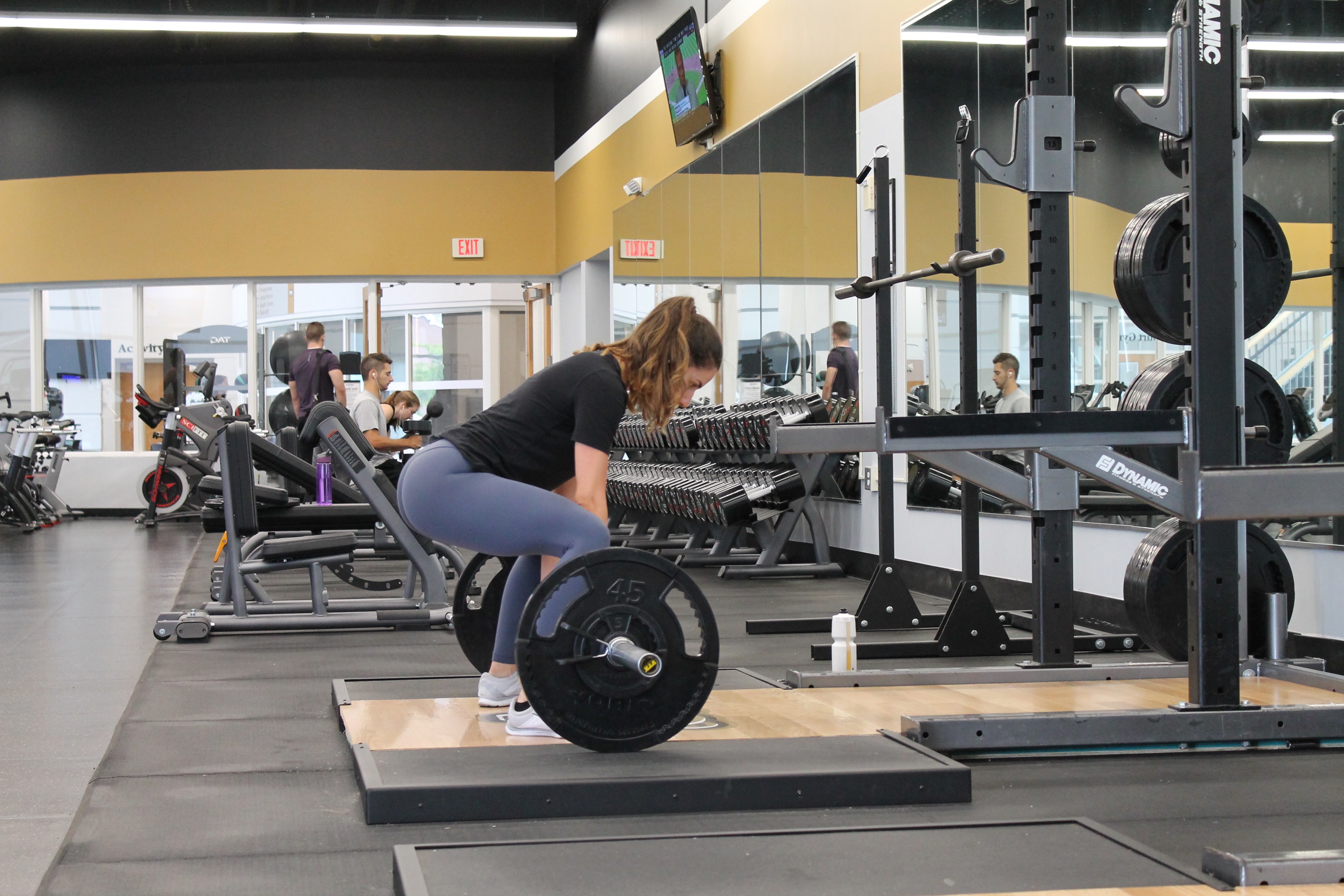Comments (3)
Andy Harris
Wearing the right clothes can make a huge difference while working out
James Foster
I like wearing comfortable gym outfit
Brenda Greenup
If you are overweight, I don't recommend compression wear.

For years, patients recovering from surgery wear compression socks to promote blood flow, reduce pain and swelling of the ankles and legs, and help prevent blood clots.
A stretchy nylon fabric, compression materials apply uniform or non-uniform pressure to the legs.
Compression wear is generally available as high socks, tops for the torso and arms, and leggings or shorts for the lower body. When worn post-workout, these garments are thought to increase blood and lymphatic flow, improve performance, and shorten recovery time.
Studies demonstrate an increase of oxygen, a reduction in lactate levels, and better warmups result for those that don compression wear post-activity.
Compression wear provides support and stabilizes body parts during activity. The constrictive nature of the material applies pressure to limit movement and the rebound of muscles, features that make it an ideal choice for women’s sports bras and men’s shorts.
By supporting the muscles, the fabric also reduces or eliminates muscle soreness and fatigue—during and after workouts. For some, this means they can work out longer and with more exertion.
Though compression wear is tight, it is a breathable fabric; air continues to circulate, and this will ensure athletes stay cool while working out.
Compression fabrics usually also contain wicking properties to pull sweat off the body, prevent pooling, and allow the moisture to evaporate. This perpetual cycle keeps the person warm without restricting movement, as would happen with thicker fabrics or layers.
Due to the stretchy nature of compression fabric, it clings to the body, stays in place, and reduces friction. It is unlikely to impede workouts in the way baggy clothing can and less likely to get caught in machines.
For athletes committed to a fit, toned body, compression wear allows them to highlight their physique before, during, and after their workout. Tailored fit and strategic seams have elevated compression wear as a fashionable choice. Women’s yoga pants are now a common sight as casual wear because it emphasizes firm butts, thighs, and calves. Men’s compression shirts and shorts accentuate broad shoulders, small waists, and strong legs.
Though compression wear has been around for decades and thousands of athletes around the world wear it daily, it is not entirely without risk.
People existing medical conditions, or those with concerns, should consult a physician before wearing compression clothing.
Compression clothing is popular among some people in pursuit of weight loss. Figure slimming, compression wear makes one appear thinner—but this should not be confused with weight loss. Still, for the self-conscious, wearing compression fabrics can boost one’s confidence, especially when working out in a public gym. It will also reduce chafing and friction.
For those at higher weights, compression clothing can be risky and result in severe conditions, such as:
In short, compression garments are not very effective at helping a person lose weight, and medical conditions often associated with obesity should be considered. Choosing spandex for your trip to the gym or a night out should be balanced with a higher intake of water to stave off overheating.
Compression wear looks good and improves the profile of the wearer. It can highlight features or downplay bulges. With more people working from home and new tailored styles, it is casual clothing appropriate for daily wear. The fabric has many benefits, but it not without risk, especially for people with pre-existing conditions or excessive weight. Choosing garments that fit correctly will reduce risk and optimize benefits, whether out for an evening with your mates or headed to the home gym. It’s a versatile fabric, made in bright colors, seen on the streets or in the clubs.
Wearing the right clothes can make a huge difference while working out
I like wearing comfortable gym outfit
If you are overweight, I don't recommend compression wear.
Luke Fitzpatrick has been published in Forbes, Yahoo! News and Influencive. He is also a guest lecturer at the University of Sydney, lecturing in Cross-Cultural Management and the Pre-MBA Program. You can connect with him on LinkedIn.
Leave your comments
Post comment as a guest